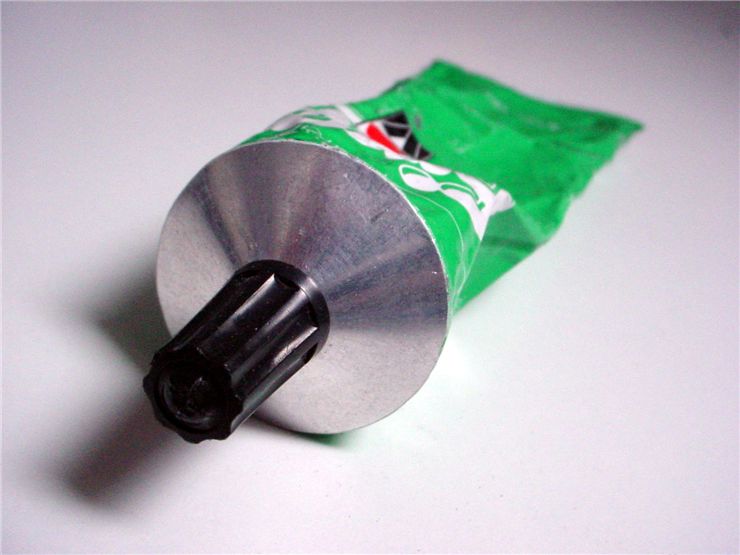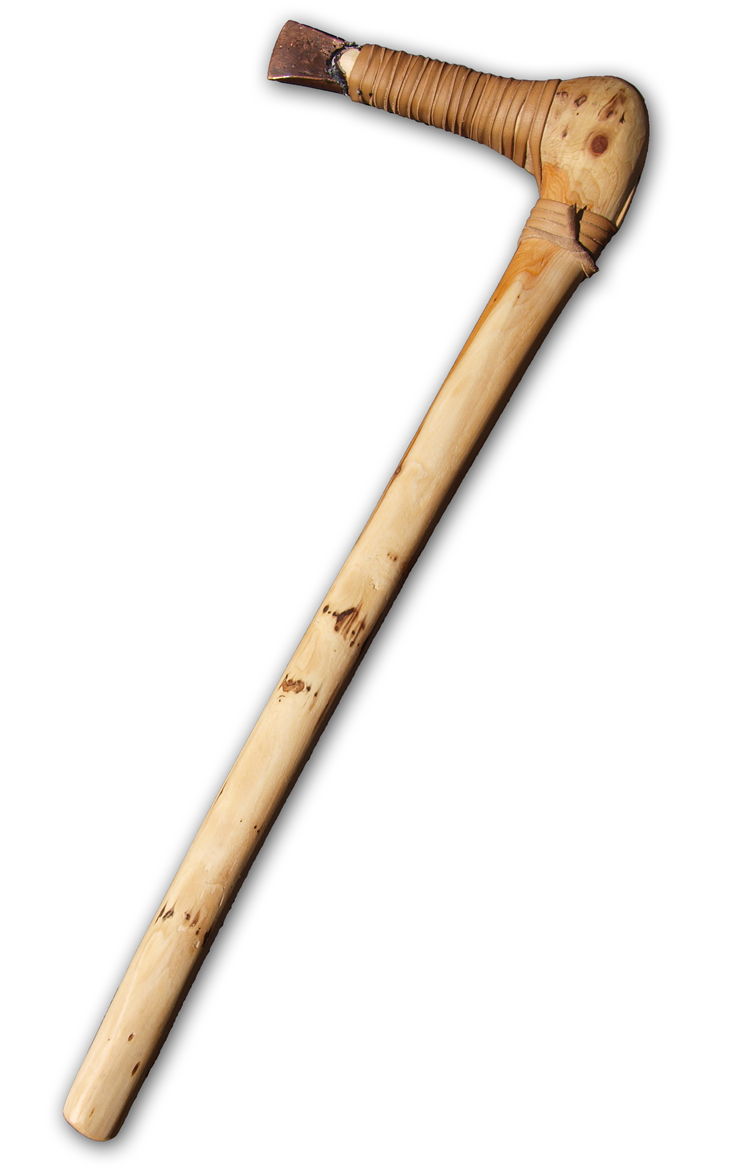History of Adhesives
Adhesives (glues) of various types have always been with modern mankind. From prehistoric times some 200 thousand years ago, to the bronze age, adhesives made from natural sources provided great service to our ancestors who managed to craft better tools, weapons and preserve their culture utilizing numerous uses of this great compounds. Some of the most famous examples of early uses of glue were in ceremonial and decoration items from 6 thousand years ago, axes and arrow tips from 5,200 years ago, 3,500 year old records of glue being used in creation of papyrus and laminated woodwork melded together by glue found in 2,500 year old tombs of Egyptian pharaohs. With the rise of Greek and Roman empires, use of glue became commonplace across central and southern Europe, with glues being used from small daily jobs to large building constructions that have survived to this day (Roman mosaic floors and tiled walls were glued with substances that are still intact and strong today).
While earlier civilizations relied much on adhesives created from plans and heat-treated rubber substances, the only commonly used glue in Europe between fall of Roman Empire and World War 1 were glues made from animal hides, connective tissue and hooves. Those parts were cooked and reduced to jelly, and then dried and stored as a powder. When needed, powered was mixed into water and slowly cooked until it reached desired thickness. During all those centuries, this glue formula was utilized not by general population, but by Furniture-makers and woodworkers.
By World War several more types of natural glues were invented and introduced into general population (milk glue and nitrocellulose glues that were flammable), but the true revolution arrived in 1930s with the rise of modern chemistry and industry. It was then that scientists and chemist were finally able to crack the secrets of plastic, rubber and synthetic resin glues. This was the dawn of industrial adhesives, which were extensively used during WW2 that further more pushed armies of scientists and inventors to discover new useful compounds (like neoprenes, epoxies, and acrylonitriles). After the war, general population and industry could find glues with any property they liked, including waterproof ones.
The latest and maybe most important development in the history of adhesives happened during World War 2, when American chemist Harry Coover Jr accidentally created first cyanoacrylate glue by pure accident. He quickly noticed the tremendous potential of this new family of compounds, and by late 1950s, he and his employer Kodak released to the market “Eastmen 910”, first super glue to reach consumer hands. Introduction of superglues changed a lot in our modern society, enabling us to start using the whole new family of fast and super strong glues that can be used from thousand little jobs in office or home space to the industry, construction, medicine and even space engineering.
Today, industry of adhesives manufacture produces tremendous amounts of products for markets on every continent, with estimates that worldwide consumption of glues will increase to such a scale that it will move over $50 billion in 2020.

